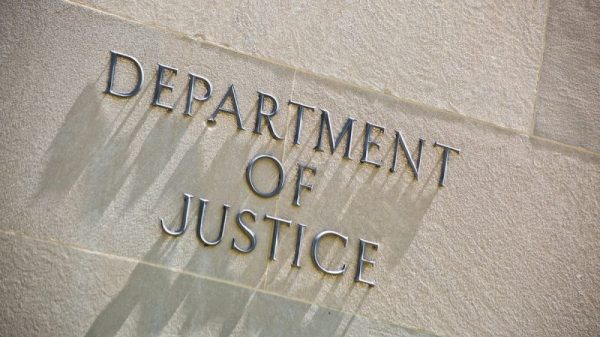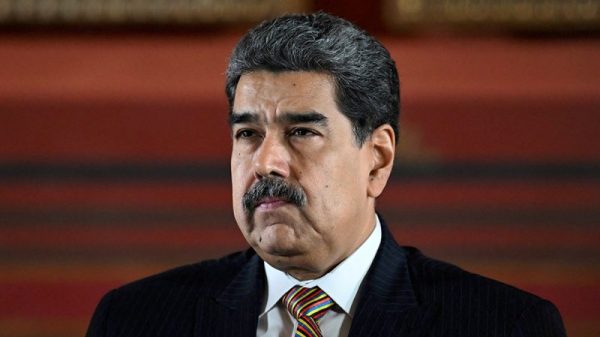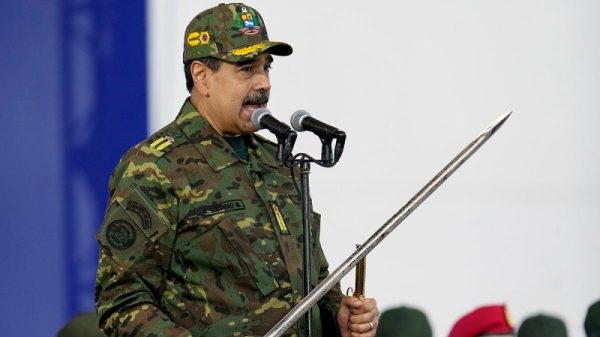Harris Goes on Offense Over The Border in Attempt to Undercut Trump
Kamala Harris, the Vice President of the United States, has recently taken steps to address the complex issue of border security, presenting a plan that aims to tackle the root causes of migration from Central America. This move comes in response to sustained criticism from former President Donald Trump and his allies, who have been quick to point out what they perceive as weaknesses in the Biden administration’s approach to immigration.
Harris’s strategy, unveiled during a meeting with Mexican President Andrés Manuel López Obrador, involves a multi-faceted approach that seeks to address the economic, social, and political challenges that drive migration from countries such as Guatemala, Honduras, and El Salvador. By focusing on addressing these root causes, Harris hopes to provide alternatives to people who might otherwise feel compelled to make the dangerous journey to the United States in search of a better life.
Central to Harris’s plan is a commitment to invest in the region, providing support for economic development, security initiatives, and anti-corruption efforts. These investments are intended to create opportunities for people in Central America, helping to stem the flow of migrants heading northward. In addition, Harris has stressed the importance of working with regional partners to implement policies that will make it easier for migrants to find safety and stability in their home countries.
Harris’s approach represents a clear departure from the more punitive measures favored by the Trump administration, which focused on building physical barriers along the border and implementing restrictive immigration policies. By emphasizing cooperation and addressing the root causes of migration, Harris is signaling a willingness to engage with the complex realities of the issue and seek long-term solutions that benefit both the United States and its neighbors.
However, Harris’s plan is not without its challenges. Critics have pointed out the difficulties of addressing deeply entrenched issues such as poverty, violence, and corruption in Central America, noting that progress in these areas may be slow and incremental. In addition, the political climate in the United States remains highly polarized, making it difficult to rally broad support for sweeping changes to immigration policy.
Despite these challenges, Harris appears undeterred in her efforts to address the issue of migration from Central America. By presenting a comprehensive and forward-looking plan that seeks to address the root causes of migration, she is positioning herself as a proactive leader who is willing to take on complex challenges and work towards sustainable solutions. Only time will tell whether Harris’s approach will be successful in undercutting her detractors and building a more secure and prosperous future for the United States and its neighbors.






















